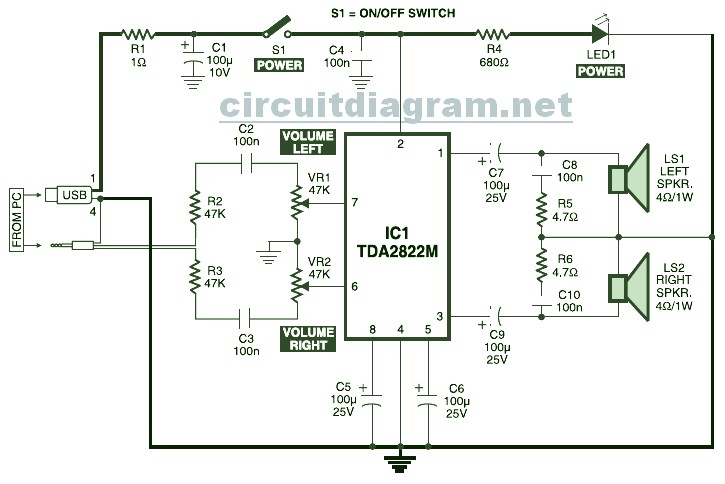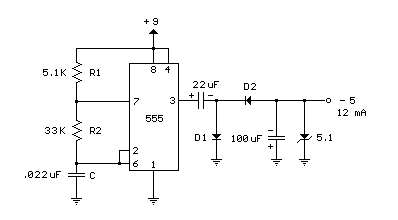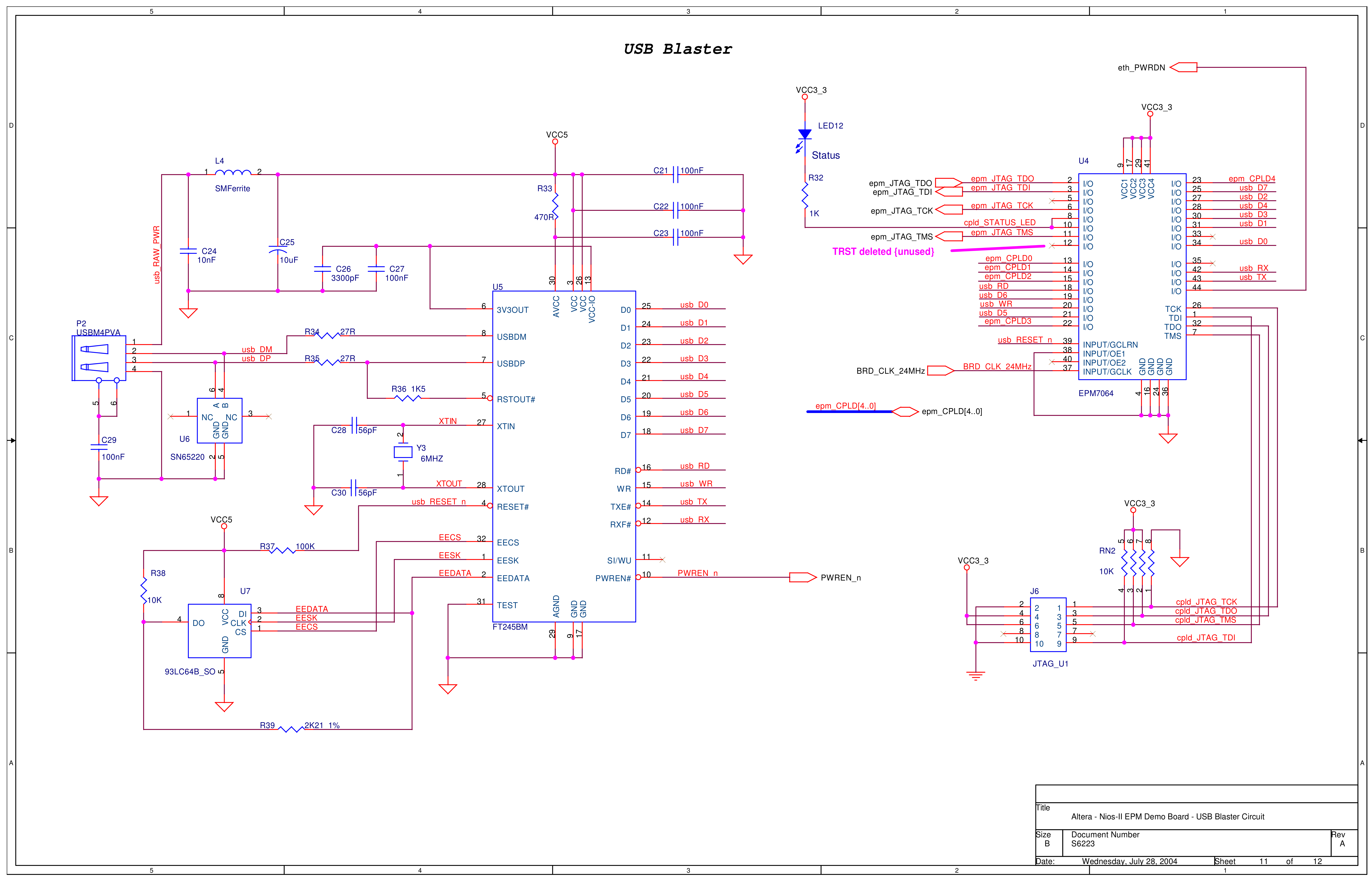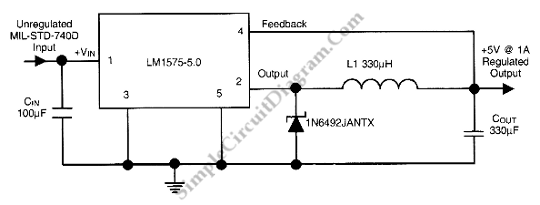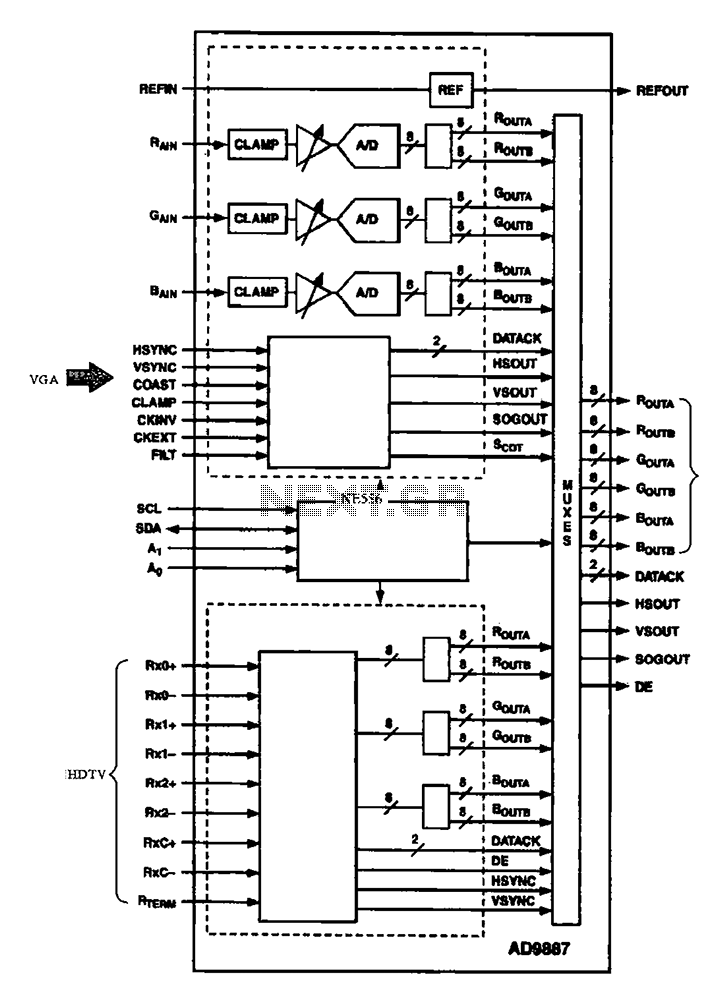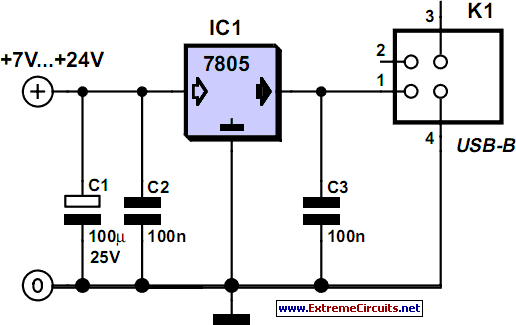
Usb To Rs232 Uart Serial Converter Pcb
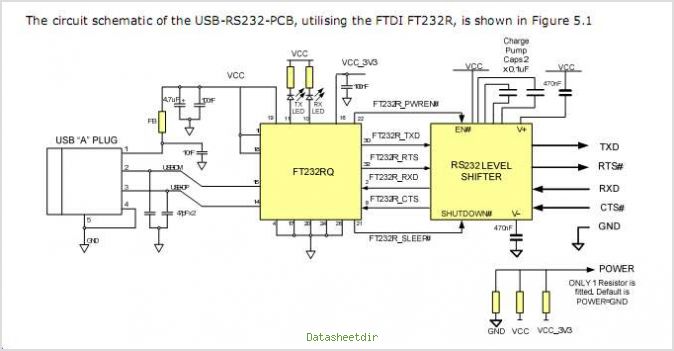
The USB-RS422-PCB is a printed circuit board (PCB) designed as a USB to RS422 level serial UART converter. It utilizes FTDI's FT232RQ USB to Serial UART Interface IC, which manages all USB signaling and protocols. This PCB offers a fast and straightforward method for connecting devices with an RS422 interface to USB. Each USB-RS422 PCB consists of a compact internal electronic circuit board, utilizing the FT232R along with a USB Type-A connector. The FT232R datasheet (DS FT232R) is available for reference. The integrated electronics also include an RS422 transceiver and transmit (Tx) and receive (Rx) LEDs that provide visual indications of UART traffic. The PCB is powered via USB and is compatible with USB 2.0 full-speed specifications. Each unit supports data transfer rates of up to 3 Mbaud and comes with the FTDIChip ID, which includes a unique USB serial number programmed into the FT232R. This feature can be leveraged for creating secure or password-protected file transfer access using the PCB. Additional information and examples regarding this feature can be found under FTDIChip ID Projects. The USB-RS422 PCB requires USB drivers, which are available for free, enabling the FT232R on the PCB to be recognized as a virtual COM port (VCP). This setup allows users to communicate with the USB interface through a standard PC serial emulation port (e.g., TTY). An alternative FTDI USB driver, the D2XX driver, can also be utilized with application software to directly access the FT232R on the PCB through a dynamic link library (DLL). This is illustrated in the accompanying figure.
The USB-RS422-PCB serves as an efficient interface for connecting RS422 devices to modern USB systems, making it invaluable in various applications that require serial communication. The FT232RQ chip is particularly noted for its reliability and performance in handling USB communications, allowing for seamless integration into existing systems. The RS422 transceiver incorporated within the PCB ensures robust data transmission over longer distances, which is a significant advantage in industrial and commercial settings.
The presence of Tx and Rx LEDs enhances user experience by providing immediate feedback about data transmission status, which can be crucial for troubleshooting and monitoring purposes. The USB powering capability simplifies deployment, eliminating the need for external power sources, thus enhancing portability and ease of use.
The PCB's compatibility with USB 2.0 full-speed standards ensures that it can be used with a wide range of devices and operating systems without compatibility issues. The support for data transfer rates up to 3 Mbaud makes it suitable for high-speed applications, while the unique FTDIChip ID feature adds a layer of security for sensitive data transfers.
In addition to the VCP drivers, the availability of the D2XX driver allows developers to create custom applications that can interact with the FT232R directly, providing flexibility in software development. This dual-driver capability makes the USB-RS422-PCB adaptable for various programming environments, catering to both novice users and experienced developers.
Overall, the USB-RS422-PCB is a versatile and powerful tool for bridging the gap between USB and RS422 interfaces, facilitating efficient communication in a variety of electronic applications.The USB-RS422-PCB is a USB to RS422 level serial UART converter PCB incorporating FTDI`s FT232RQ USB to Serial UART Interface IC device which handles all the USB signalling and protocols. The PCB provides a fast, simple way to connect devices with a RS422 Interface to USB Each USB RS422, PCB contains a small internal electronic circuit board, utili
sing the FT232R plus a USB type, A connector. The FT232R datasheet, DS FT232R is available at The integrated electronics also include an RS422 transceiver plus Tx and Rx LEDs which give a visual indication of UART traffic. The PCB is USB powered and USB 2. 0 full speed compatible. Each PCB supports a data transfer rate up to 3 Mbaud and supports the FTDIChip, ID, with a unique USB serial number programmed into the FT232R.
This feature CAN be used to create a security or password protected file transfer access using the PCB. Further information and examples on this feature are available at under FTDIChip, ID Projects. The USB RS422, PCB requires USB drivers, available free from which are used to make the FT232R on the PCB appear as a virtual COM port (VCP).
This then allows the user to communicate with the USB Interface via a standard PC serial emulation port (for example TTY). Another FTDI USB driver, the D2XX driver, CAN also be used with application software to directly access the FT232R on the PCB though a DLL.
This is illustrated in the Figure 1. 1. 🔗 External reference
The USB-RS422-PCB serves as an efficient interface for connecting RS422 devices to modern USB systems, making it invaluable in various applications that require serial communication. The FT232RQ chip is particularly noted for its reliability and performance in handling USB communications, allowing for seamless integration into existing systems. The RS422 transceiver incorporated within the PCB ensures robust data transmission over longer distances, which is a significant advantage in industrial and commercial settings.
The presence of Tx and Rx LEDs enhances user experience by providing immediate feedback about data transmission status, which can be crucial for troubleshooting and monitoring purposes. The USB powering capability simplifies deployment, eliminating the need for external power sources, thus enhancing portability and ease of use.
The PCB's compatibility with USB 2.0 full-speed standards ensures that it can be used with a wide range of devices and operating systems without compatibility issues. The support for data transfer rates up to 3 Mbaud makes it suitable for high-speed applications, while the unique FTDIChip ID feature adds a layer of security for sensitive data transfers.
In addition to the VCP drivers, the availability of the D2XX driver allows developers to create custom applications that can interact with the FT232R directly, providing flexibility in software development. This dual-driver capability makes the USB-RS422-PCB adaptable for various programming environments, catering to both novice users and experienced developers.
Overall, the USB-RS422-PCB is a versatile and powerful tool for bridging the gap between USB and RS422 interfaces, facilitating efficient communication in a variety of electronic applications.The USB-RS422-PCB is a USB to RS422 level serial UART converter PCB incorporating FTDI`s FT232RQ USB to Serial UART Interface IC device which handles all the USB signalling and protocols. The PCB provides a fast, simple way to connect devices with a RS422 Interface to USB Each USB RS422, PCB contains a small internal electronic circuit board, utili
sing the FT232R plus a USB type, A connector. The FT232R datasheet, DS FT232R is available at The integrated electronics also include an RS422 transceiver plus Tx and Rx LEDs which give a visual indication of UART traffic. The PCB is USB powered and USB 2. 0 full speed compatible. Each PCB supports a data transfer rate up to 3 Mbaud and supports the FTDIChip, ID, with a unique USB serial number programmed into the FT232R.
This feature CAN be used to create a security or password protected file transfer access using the PCB. Further information and examples on this feature are available at under FTDIChip, ID Projects. The USB RS422, PCB requires USB drivers, available free from which are used to make the FT232R on the PCB appear as a virtual COM port (VCP).
This then allows the user to communicate with the USB Interface via a standard PC serial emulation port (for example TTY). Another FTDI USB driver, the D2XX driver, CAN also be used with application software to directly access the FT232R on the PCB though a DLL.
This is illustrated in the Figure 1. 1. 🔗 External reference
